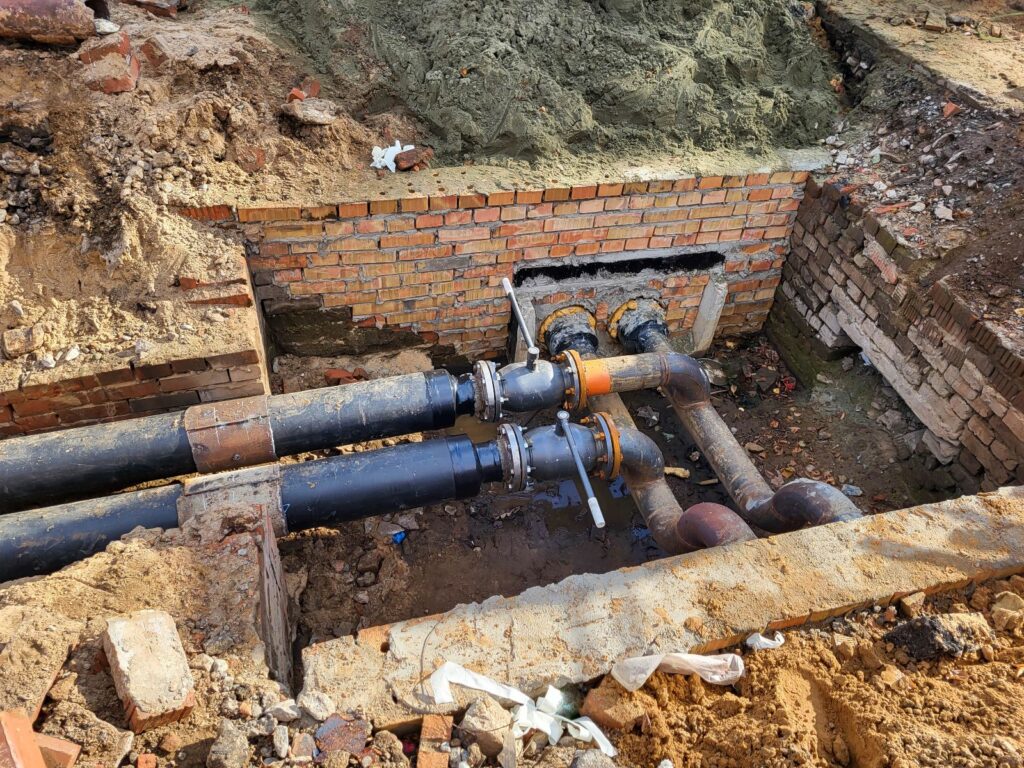Insights From Solinas
Water pipelines are the invisible lifelines of our cities and communities, delivering clean water to homes, industries, and farms. Like all infrastructure, these pipelines age and wear out over time. Continuous exposure to environmental stress, pressure, corrosion, and usage gradually reduces their performance and reliability.
If these pipelines are not monitored properly, it can lead to sudden failures, costly repairs, and serious service disruptions. That’s why predicting the Remaining Useful Life (RUL) of pipelines is so important. Pipeline condition monitoring and RUL prediction also help protect the environment by reducing water leaks, water pipe blockages, and preventing sudden pipeline bursts. As cities grow and infrastructure gets older, having this kind of insight is more important than ever.
Smarter Infrastructure Through AI
Modern infrastructure demands smarter, more adaptable tools. AI in pipeline inspection is increasingly shaping how we monitor and manage complex systems like water pipeline networks. Instead of relying only on manual checks or fixed assumptions, AI systems learn from historical trends and current data to provide insights that are both specific and scalable. They look for patterns and relationships across all this information to assess pipeline conditions and predict how long they will continue to perform safely.
What sets these systems apart is their ability to consider the combined impact of several factors rather than just treating them one by one. This allows them to adapt to real-world conditions more effectively and deliver results that improve with time and usage. The result is a smarter, data-driven approach to pipeline integrity management that supports timely decisions and better long-term planning.
Behind the Scenes: How AI Powers RUL Prediction
Such AI models work by understanding the relationship between various pipeline inspection conditions and their impact on how long a pipeline can continue functioning. They take into account multiple inputs like operational, environmental, and physical wear, and study how these factors collectively influence pipeline health.
By identifying patterns across all these variables at once, such models can make informed estimates about future performance. Instead of treating each input in isolation, the AI learns how different parameters interact with each other. For instance, a certain soil condition may pose a bigger risk when combined with older pipe materials or higher pressure levels.
The system is trained on historical data, learning from past outcomes to improve its accuracy. As more data becomes available from inline pipeline inspection, non-destructive testing (NDT), and robotic pipeline inspection systems, it refines these models’ internal calculations, making them increasingly reliable in diverse real-world conditions.
This kind of multi-factor analysis makes such AI models adaptable, responsive, and practical for ongoing underground water pipe leak detection, pipeline corrosion inspection, and pipeline digital twin management.

